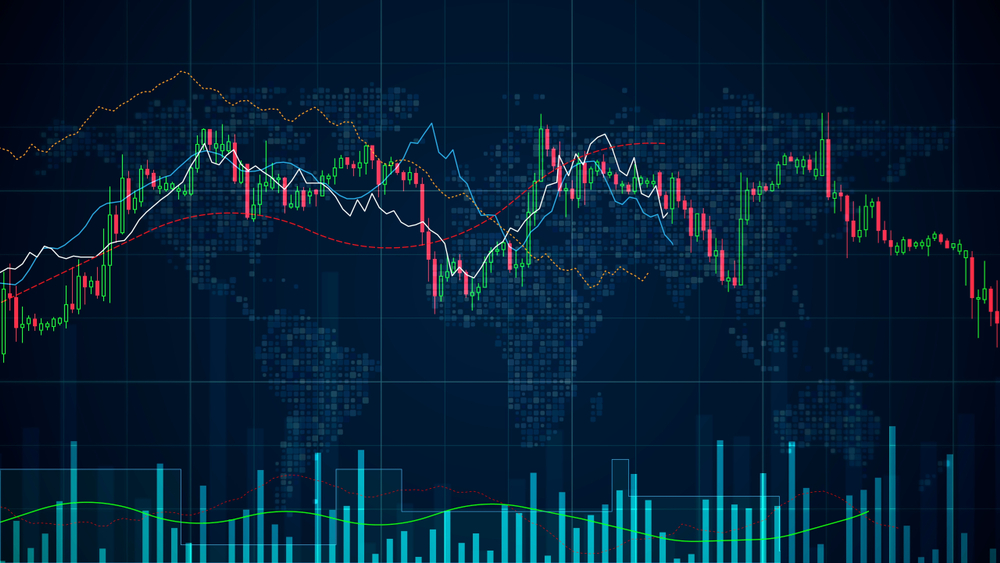Understanding Offer Price Meaning in Stock Market
In the stock market, while trading stocks, you will come across two prices: the offer price and the bid price. The offer price is what you pay to buy a certain amount of stock from a broker. It is always slightly higher than the current market price.
The guide will enable you to understand what precisely an offer price is and how it works, along with many other essential pieces of information.
What is the Offer Price? Offer price is the price at which a trader can buy specific underlying securities from his broker or the market maker. Offer price is the price at which the market maker is ready to sell a security. An offer price, in the trading market, means the per-share price at which you can buy securities.
Most commonly, it is referred to as the ask or asking price. It usually represents the lowest price the broker is willing and prepared to sell the stock to the investor.
Another price that tags along with the offer price in the share market is a bid price, the highest rate an investor agrees to pay for his bought investment security. The offer price is slightly above the market price, and on the other hand, the bid price is always somewhat below the market price of that specific share. An offer price opposed by a bid price has its difference, known as a spread value. It’s like a fee traders have to pay to open a position.

How is the Offer Price worked out?
Now that you have learned what an offer price means, let us take an example to understand the working of an offer price.
Suppose that you are going to purchase the shares of ABC Limited; you will get two different prices quoted on the trading platform:
Bid price: ₹1,650
Offer price: ₹1,670
Here, the offer price is the lowest price a seller is willing to accept for their shares of ABC Limited. If you want to buy the shares immediately, you will need to pay ₹1,670 per share.
However, if you think this price is too high and you are not in a hurry, you can place a bid at a lower price, such as ₹1,650, and wait to see if the seller agrees to that price. The difference between these two prices (₹1,670 – ₹1,650 = ₹20) is known as the spread.

Factors Which Affect the Offer Price
Listed below are some of the factors that might set an offer price for a stock:
Market Demand and Supply: In case one stock is in greater demand, and there are fewer sellers, then the price that will be offered against its selling would increase. The reverse happens when there are more sellers than buyers; the offer price falls.
Company Performance: Financial health and company performance of the stock issuer impact the offer price. Positive earnings reports, new product launches, or favorable industry conditions can increase offer prices.
Economic Indicators: Macroeconomic factors, such as interest rates, inflation, and economic growth, affect the offer prices. For instance, if interest rates are low, then the offer price will be higher, for it would mean that borrowing by investors to finance their stock purchases is cheaper.
Market Sentiment: Investor sentiment and the psychology of the market are equally important. News events, geopolitical developments, and market speculation may alter the offer prices.
The Role of Market Makers
The role of market makers, therefore, comes to the fore in determining the price of an offer. They are financial intermediaries who buy and sell securities to provide liquidity. Setting bid and offer prices assures that there will be adequate trading activity to match buyers with sellers in the market.
Market makers profit from the spread, which is simply the difference between their bid and offer prices. That means that whenever one sells at the offer price, they actually buy in at the bid price and retains the spread as remuneration for the provision of liquidity.

Importance of Knowing Offer Prices
The role of market makers, therefore, comes to the fore in determining the price of an offer. They are financial intermediaries who buy and sell securities to provide liquidity. Setting bid and offer prices assures that there will be adequate trading activity to match buyers with sellers in the market.
Market makers profit from the spread, which is simply the difference between their bid and offer prices. That means that whenever one sells at the offer price, they actually buy in at the bid price and retains the spread as remuneration for the provision of liquidity.
How to Trade at the Best Offer: Tips
Be well-informed concerning the market news, company reports, and economic indicators that could change stock prices. It will help you make timely decisions based on your anticipation of changes in offer prices.
Use Limit Orders: Instead of a market order, which gets executed at the current offer price, use limit orders. This will enable the investor to limit the maximum price he will pay for a stock and thereby be assured that he will not sell at an undesirable price.
Watch the trends of the market. Attempt to perceive any patterns. Tools for technical analysis, like moving averages and relative strength index (RSI), provide information about the timing for selling or buying a particular stock based on its price movements throughout.
Diversify Your Portfolio: Spread your investments across different sectors and asset classes as much as possible. This will help you protect against potential losses due to adverse price movements in any one stock.
Common Mistakes to Avoid Chasing high offer prices: Avoid buying stocks due to impulsive decisions when the offer prices are rocketing correctly because of the market hype. Instead, do proper research to assess if the fundamentals of the stock justify the price at which it is being quoted. Ignoring the Spread: The spread is the first thing one should consider when placing trades. A large spread can attach high costs to your overall trading, which may be debilitating, especially for frequent traders. Lack of Patience: Do not jump to purchase stocks at the very first price available. A little waiting period invites better choices.
Conclusion
The Bottom Line Realistically, knowing the concept of offer price within the concept of a stock market, investment decision-making becomes well-guided; be aware of how such prices function, spot the spread, and continually update your knowledge of current market conditions. Obey the best practices based on your unique situation to avoid common mistakes that will surely enhance your trading strategy and increase your expectancy of success in the stock market.

